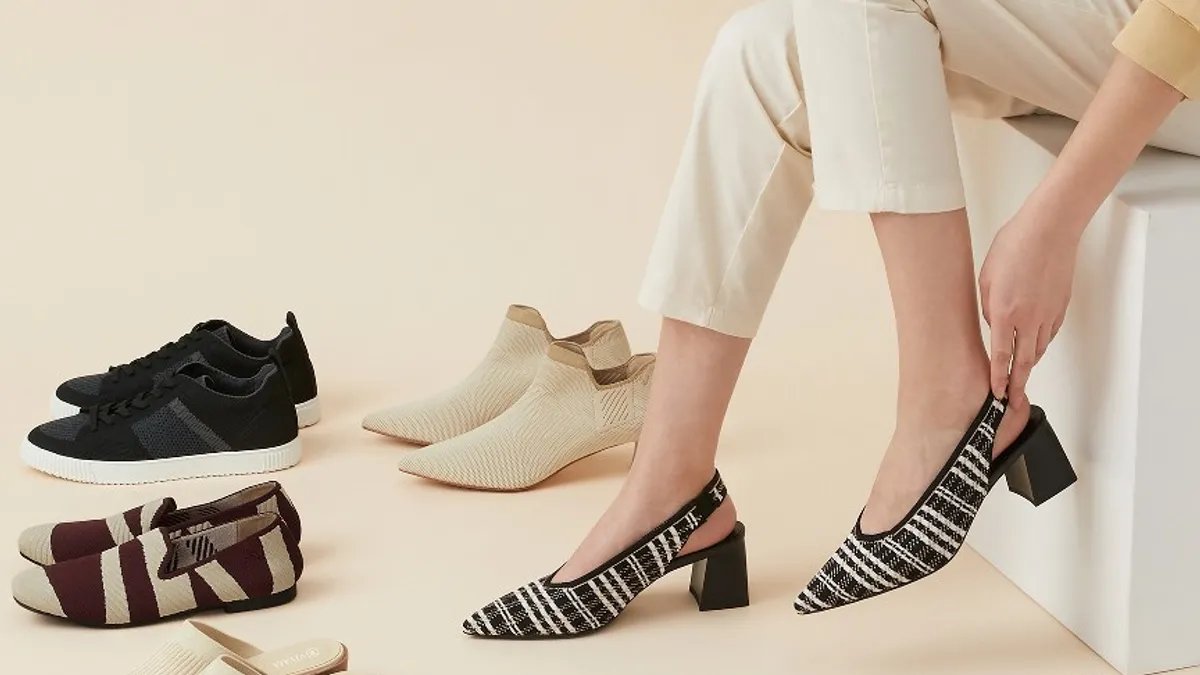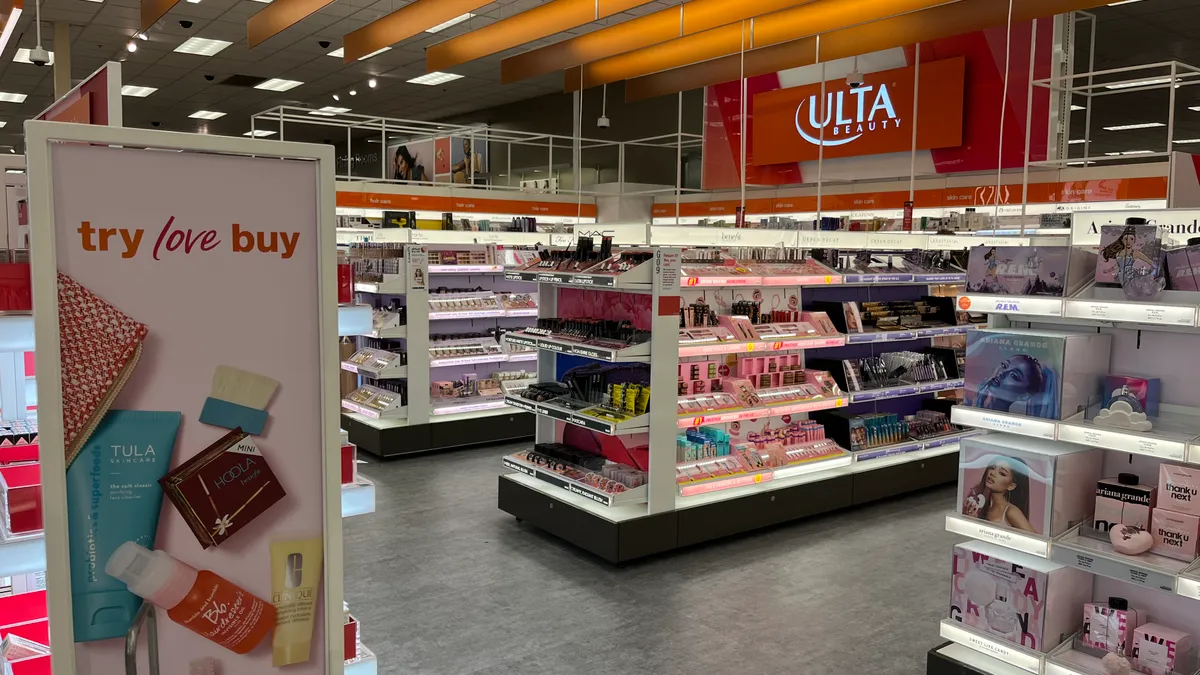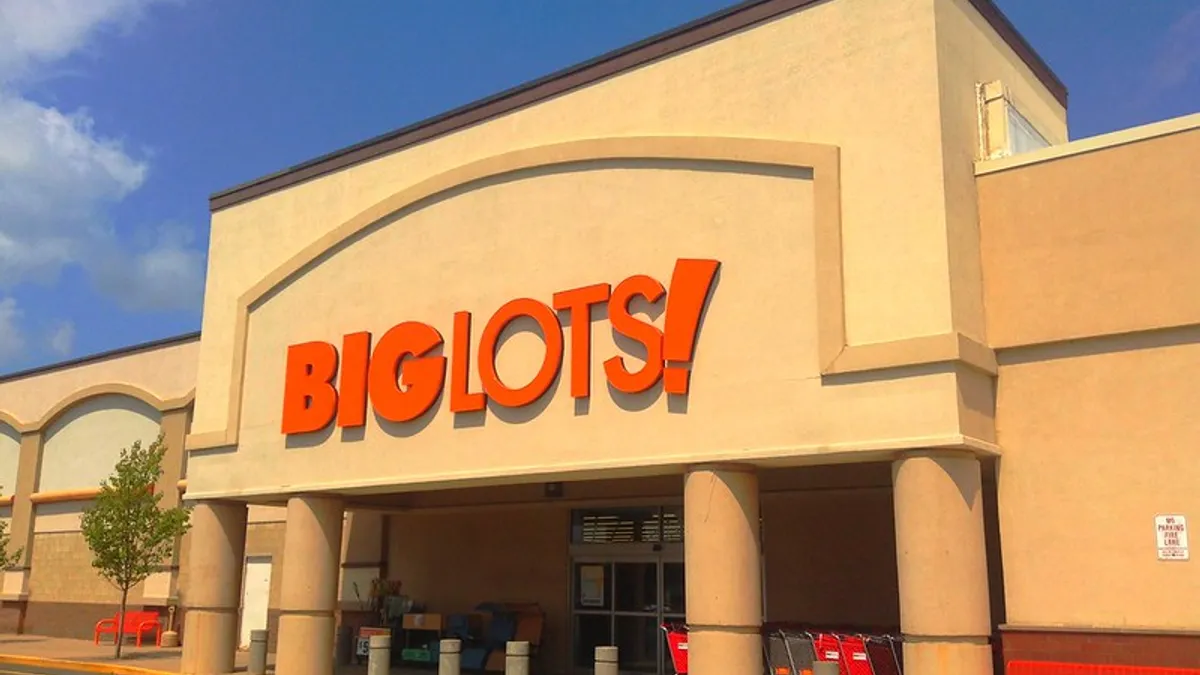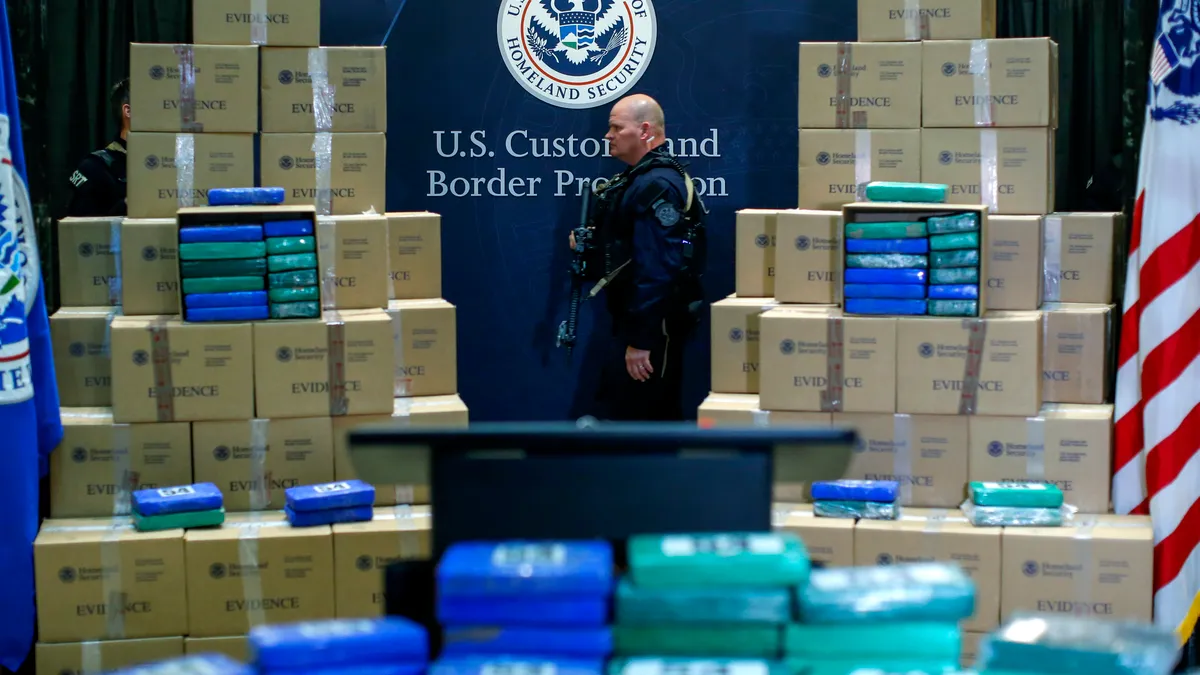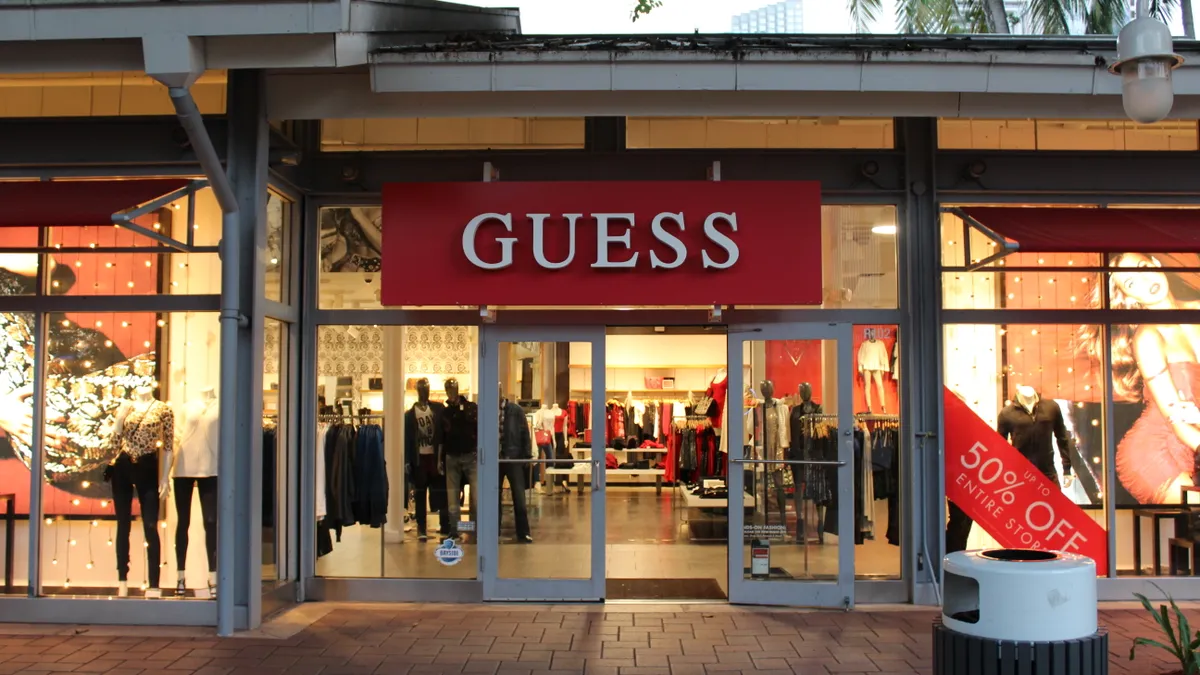According to report released by Cisco at last month’s National Retail Federation (NRF) convention, almost half of all retailers are vulnerable to what the IT infrastructure provider calls “digital disruption”—changes wrought by the introduction of digital and mobile technologies in the industry’s business methods—over the next five years.
Almost half (47%) of the retail executives polled by the Global Center for Digital Business Transformation (DBT), a partnership between Cisco and the Swiss Institute for Management Development (IMD), say that digital disruption could put their companies out of business in three to five years. And 38% of those surveyed expect new businesses to take their places.
“That’s a pretty substantial magnitude of change,” Shaun Kirby, Cisco’s CTO of the WARP Accelerated Rapid Prototyping, told Retail Dive. “This is a big transition—it’s not unlike an Industrial Revolution.”
“Just as Apple and Android devastated the pre-smartphone era of brands, digital disruption is poised to have a tremendous impact on the retail industry over the next five years,” Kirby noted in a release announcing the results. “If retailers fail to digitize their services, the ones we know as leaders today may become laggards, or even disappear.”
With every shakeup comes opportunity, however: Retail has the potential to generate $506 billion in new revenues, savings resulting from digital investment, and value that shifts among players.
“There is a significant upside,” Kirby told Retail Dive. “Sixty percent is value that will change hands, and 40% will be new value. That’s an incentive to become an early adopter.”
Taking advantage of tech
One early adopter is The Dandy Lab, an ultrahip men’s boutique with a single retail location in London’s Old Spitalfields Market. Specializing in small-maker apparel and lifestyle accessories such as journals, games and gadgets, the store offers a customized experience that’s enhanced by partnerships with a number of players, including University College London and Cisco.
“We sought to design a completely new consumer shopping experience—one enhanced by technology that allows customers to interact with the makers to learn the story behind each product,” she says. “Our store encourages shoppers to interact with products and displays for a blended physical and digital experience, while allowing us to optimize business processes.”
One example of the blended presence are interactive mannequins that can communicate with customers via a smartphone app. App users who come into close in proximity with one of the mannequins receive product details on its outfit, suggestions for complementary items and accessories, and special offers.
The mannequins are particularly useful in merchandising outfits and virtually “staffing” the store after-hours. “The mannequin contains a beacon,” Bainiaksina told Retail Dive. “Once a customer passes by the shop, it sends a message to their phone, and says ‘Hi, John, welcome to The Dandy Lab. You can access our catalog online when the shop is closed.”
Similarly, customers interested in an item inside the store can snap a picture of it using a smartphone camera and receive additional suggestions and offers using The Dandy Lab’s visual discovery engine. Users can browse the suggestions immediately at The Dandy Lab’s website, or share a suggested ensemble on the social media for feedback from friends.
In-store analytics produce insights
The Internet of Everything (IoE) not only helps The Dandy Lab drive conversions, it also produces data that the store can use to make decisions on the front and back ends.
One of the most innovative strategies is a system that takes pictures of shoppers’ footwear as they enter The Dandy Lab store. Using cameras mounted at foot level, London-based tech start-up Hoxton Analytics examines shoppers’ shoes to produce a profile of customer ages, genders, and incomes with 75% accuracy—and zero privacy concerns.
By using the system, The Dandy Lab found that it had underestimated its average customer’s age, and made adjustments to its product mix to appeal to those in the 30-40 range.
“We can see whether people who are entering the shop can afford our products, or if we should change the product selection based on who is coming in,” Bainiaksina says. “We found that most of the customers were slightly older than we thought.”
While online marketplaces offer increasingly robust analytics and segmentation capabilities, tech enhancements like these are still a rarity among brick-and-mortar stores.
“To remain successful in today’s increasingly digitized world, retail stores must bring together the physical and digital into one omnichannel experience that delivers a more personalized, interactive shopping journey for consumers,” Kirby says.
Building a base via mobile
Bainiaksina says that The Dandy Lab app’s payment function has helped make it “sticky” among customers. All of the store’s offerings are RFID-tagged, which not only protects against theft, but also gives honest customers an option to buy in the aisles.
“Making a payment through your mobile phone is a good reason for a customers to download an app,” she says. “Otherwise, it just takes up space on the phone. Around 40% of customers were willing to pay by mobile, and quite a lot return and make more payments. It makes life easier and saves time by helping them jump the queue.”
The Dandy Lab tests window displays by counting how many people passing by stop and enter.
“When you develop a consumer-facing product, you need to understand how customers are reacting to it,” Bainiaksina says. “How they react to mobile apps and so on helps us get feedback from customers. When customers return with an RFID-enabled loyalty card, reps can see what they purchased and expressed an interest in—and use it as an opportunity to upsell."
And while it may sound futuristic, more brick-and-mortar stores are going to need implement such strategies to understand their customers and stay alive.
“The way to sell more is to understand the consumer in-store and online,” Bainiaksina says. “Online shops have so much data. They understand your shopping habits and can predict what you are going to buy next week. You have to have the same capabilities online and offline—and know who’s coming to your store, what they’re looking at, and why they buy this and not that.”
“Technology makes people go ‘Wow!’ but shouldn’t just be a PR message—it also has to make your life easier,” she adds. “When we are designing the customer experience, we ask, ‘What are the key problems customers are facing in-store?’ and work backward to think about what kind of technologies we should use. It’s all about what a customer really wants and needs.”







